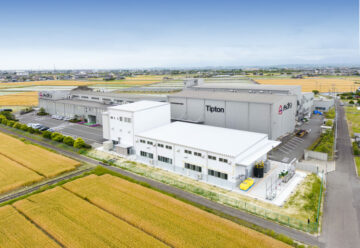
Completion of our new no. 3 factory
Started in June 2022, we are happy to announce that
our no.3 factory has been completed in order to meet the increased demands.

Started in June 2022, we are happy to announce that
our no.3 factory has been completed in order to meet the increased demands.
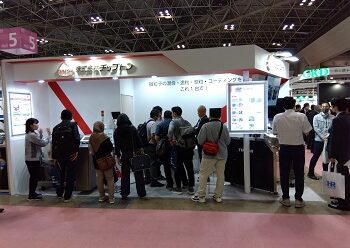
We exhibited at “FOOMA JAPAN 2023” held at Tokyo Big Sight for 4 days from June 6th (Tuesday) to June 9th (Friday), 2023.
We had the pleasure to meet many customers throughout the event and look forward to the next one in the future.
If you have any questions or inquiries, please feel free to contact us.
Exhibition name: FOOMA JAPAN 2023 ※Past event
Date: June 6th (Tue) – 9th (Fri), 2023 10:00-17:00
Venue: Tokyo Big Sight
Booth number: 5B-44 East Hall 5
Click here for ECX product details >
Click here for our booth information>
Click here for ECX Ps Catalog >
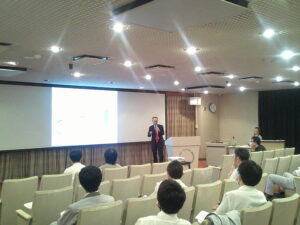
On Friday, June 2, 2023, the 4th Joint Research Results was held at Tipton’s headquarters.
This year the following themes were discussed:
・Professor Kato from Juju Patent Law Firm lectured on “Tips for Utilizing Patents in Daily Work”
・Kobe University: Lecture on TVF
・Kanazawa University: Lecture on barrel polishing
・Employee announcements: 2
By continuing to strengthen industry-academia collaboration, we will further strengthen Tipton’s technological foundation.
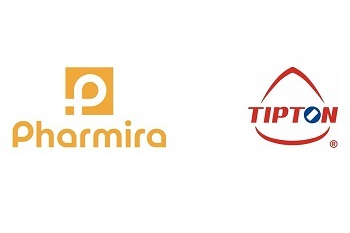
We will be exhibiting our award winning TVF🄬 at CPHI Japan 2023 From Wednesday the 19th until Friday the 21th of April in Pharmira’s booth (No.6E-10).
TVF🄬 technology differs from orthodox crystallization methods through its continuously flowing crystallization method. Phamira is currently using TVF🄬 for the production of active pharmaceutical ingredients
CPHI Japan 2023
From:April 19(Wed)~21(Fri).2023
Location: Tokyo Big-Site
Booth Number:6E-10
Click here for more information on Phamira, visit their homepage>
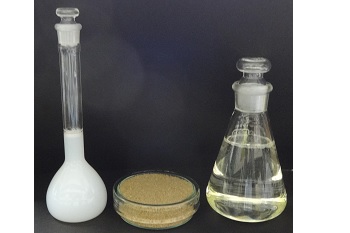
We released 4 new compounds for mass finishing to the market on the day of month 2023. These specialized compounds provide a new types finish which are receiving high acclaim from users.
We have been increasing our lineup of environmentally friendly products which have been in high demand in recent years.
<Product Lineup>
“FX-76”, a High Luster Finish Compound for Metal Media-use.
”LC-400”, a compound for passivated mirror finishing; perfect for aluminium pieces.
”LC-102” & “LC-125”, two compounds that adheres to PRTR and EPA standards while retaining their cleaning power
For more information, contact us via our homepage or through your local sales representative.
Click here for FX-76’s catalog>

| Address | 33533 W.12 Mile Road, Suite 340 Farmington Hills, MI 48331 |
|---|---|
| Phone | 248-358-5400 |